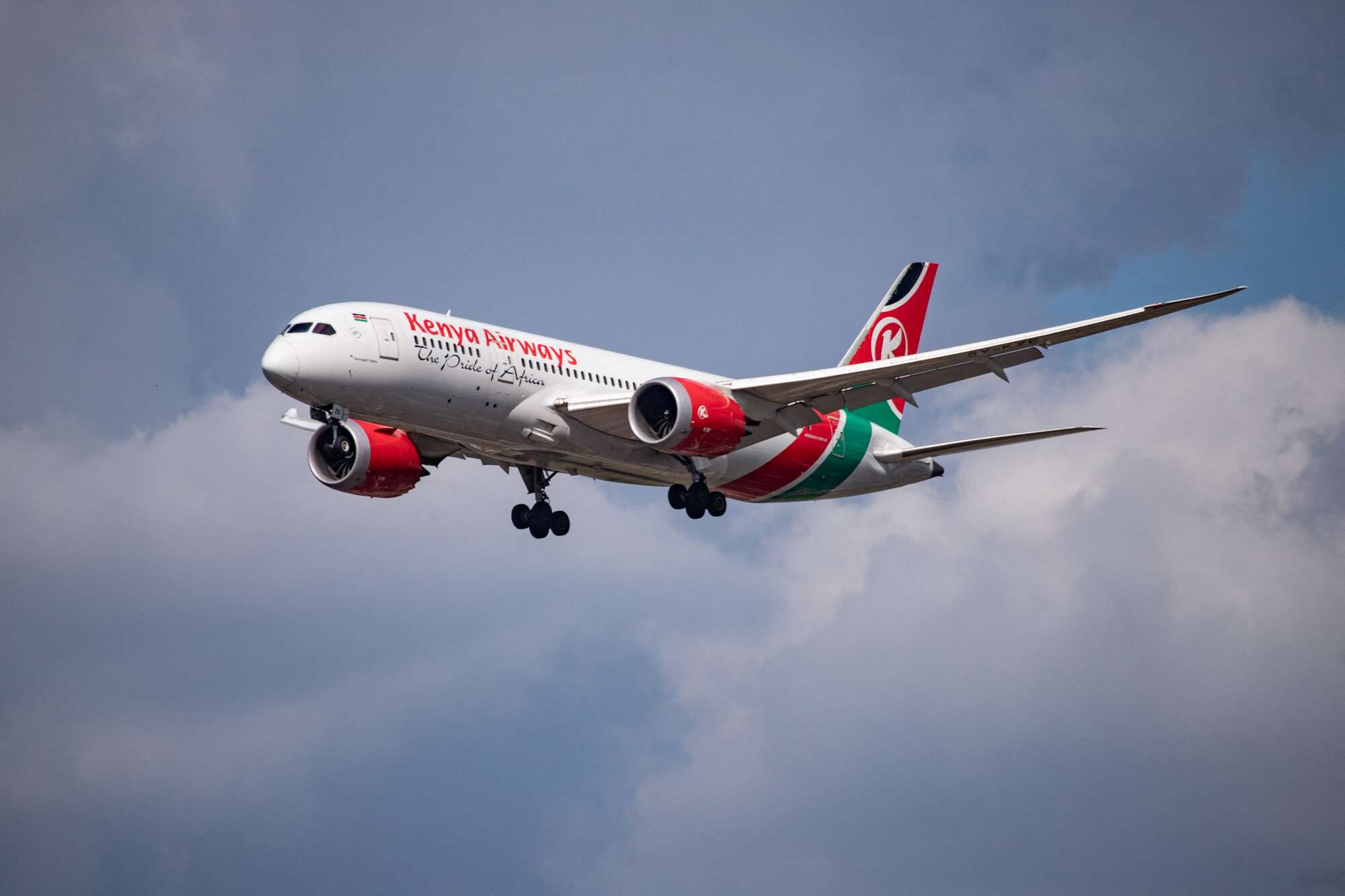How to fly KQ into profitability

How to fly KQ into profitability
Thursday October 27 2023

Kenya Airways this year doubled its losses to Sh21.7 billion in the six months to June, marking a decade of losses.
Ironically, the airline reports losses amidst sterling performances from its peers in the region post Covid, an indication that our national carrier’s problems may be far from just financially related.
The flower industry, horticulture, meats exporters and other traders have numerously raised the alarm over high freight charges, reduced cargo space or lack of that deny them the chance to make money from lucrative markets.
Kenya Flower Council CEO Clement Tulezi said the sector especially in the month of February due Valentine’s always has issues of cargo space (70 tonnes a week, against the harvested 5,000 tonnes).
The 2015 Senate task force report found that the problems of KQ included among other things, poor investment decisions, hedging, expensive ticketing, unethical human resources practices, frequent cancellation of flights, poor customer relationships, poor management and political interferences.
Recent parliamentary proceedings have pointed out that there is an urgent need to overhaul KQ.
Ethiopian strategic plan 2035 is aimed at doubling their destinations from 131 to 207 and double the fleet from 140 to 271.
This translates to 65 million passengers and three million tons of cargo. This is supposed to generate about $25 billion Sh3.75 trillion revenue by 2035. $25 billion is (Sh3.75 trillion) — equivalent to Kenya’s annual budget.
Back home, instead of tapping into great opportunities to see our national carrier fly into profitability,the airline has parked a 787 Dreamliner for months and two 737 -700s since 2020, denying the country Sh300 million a day, which would have help lower the dollar rate and create 200 new jobs.
The recovery journey calls for an institutional audit, then critical leadership change by infusion of professionals like pilots, engineers and stakeholders to sit in the board. A new organisational structure aligned to Kenya’s key economic drivers plus a surgical review of our operational costs is needed.
Then an aviation conference were all key stakeholders input to the growth and strategic plan and we are back to profitability.




